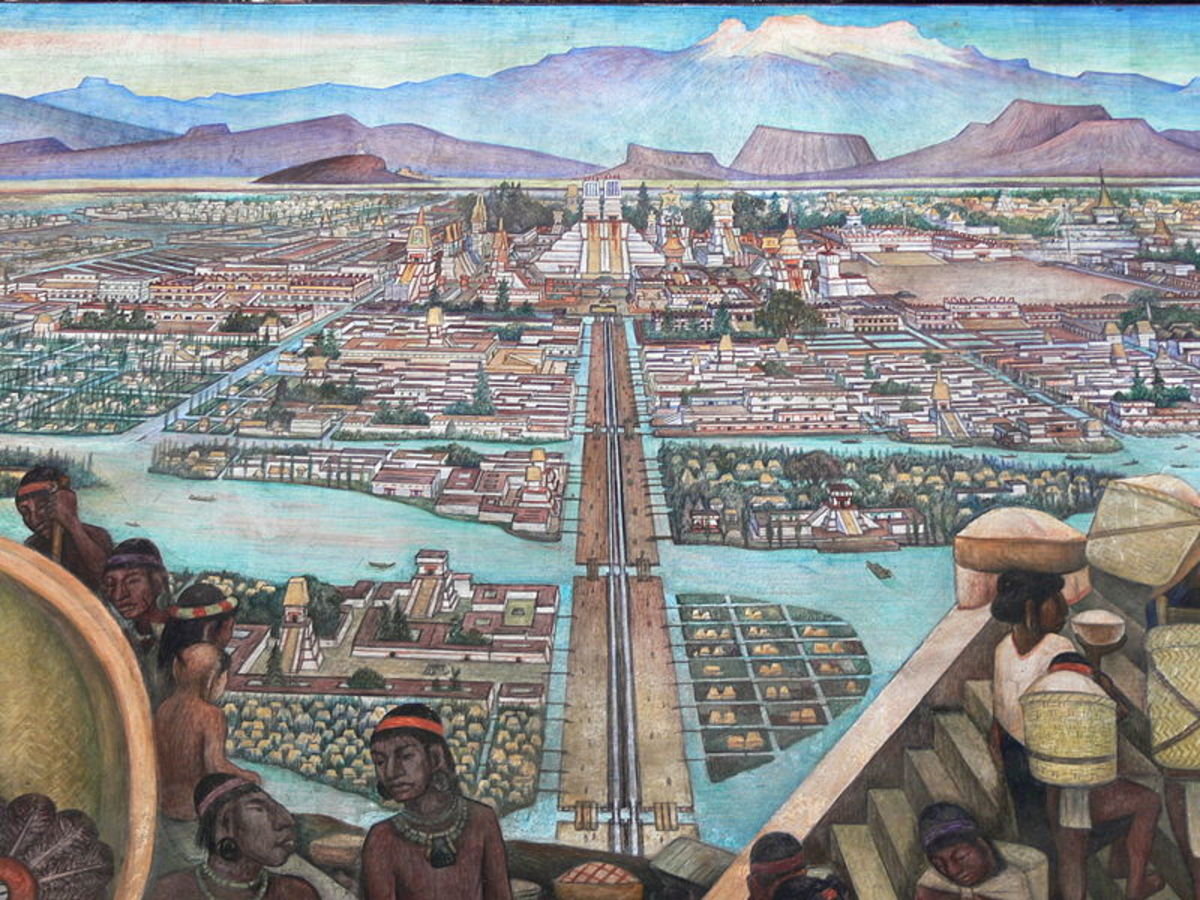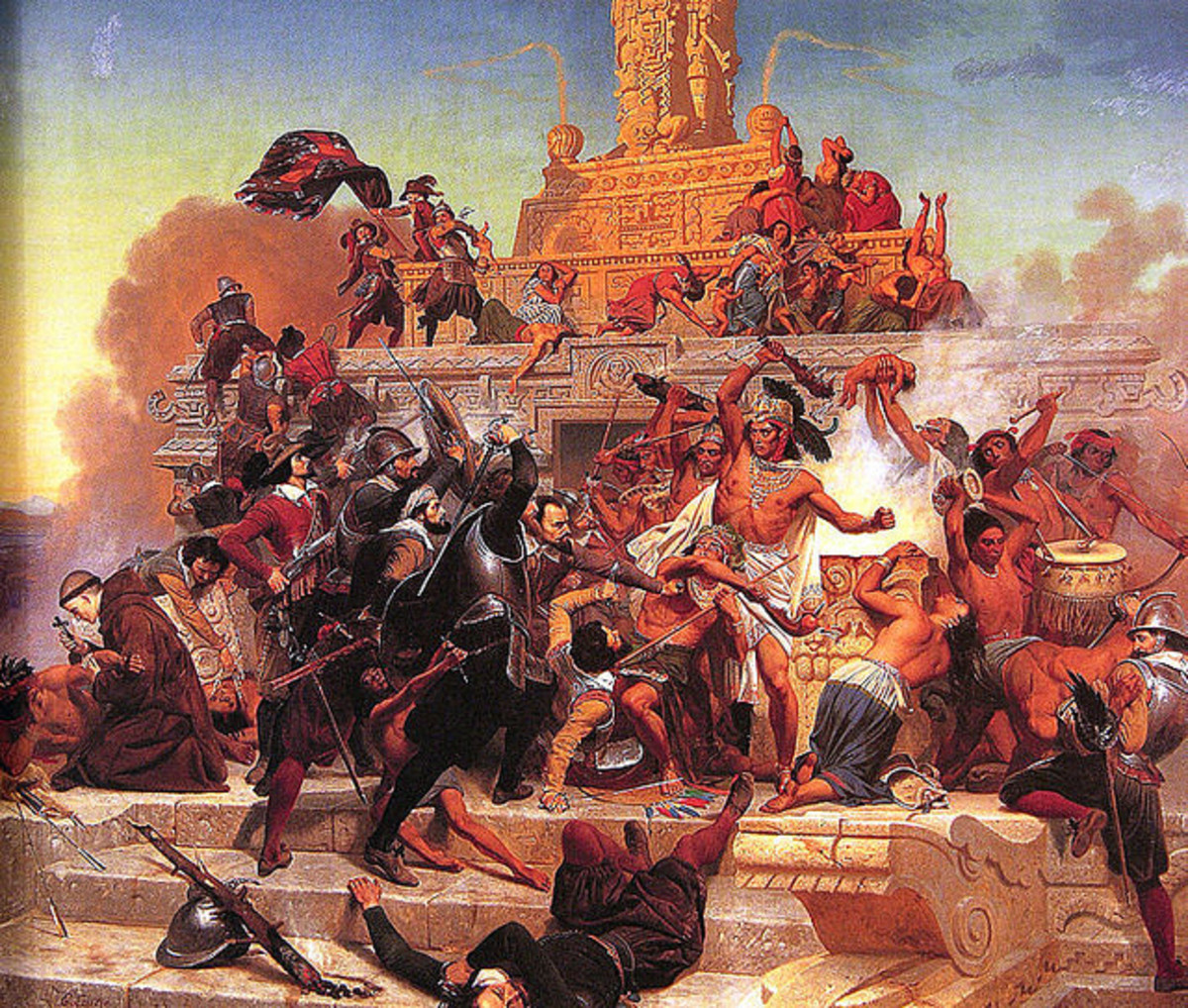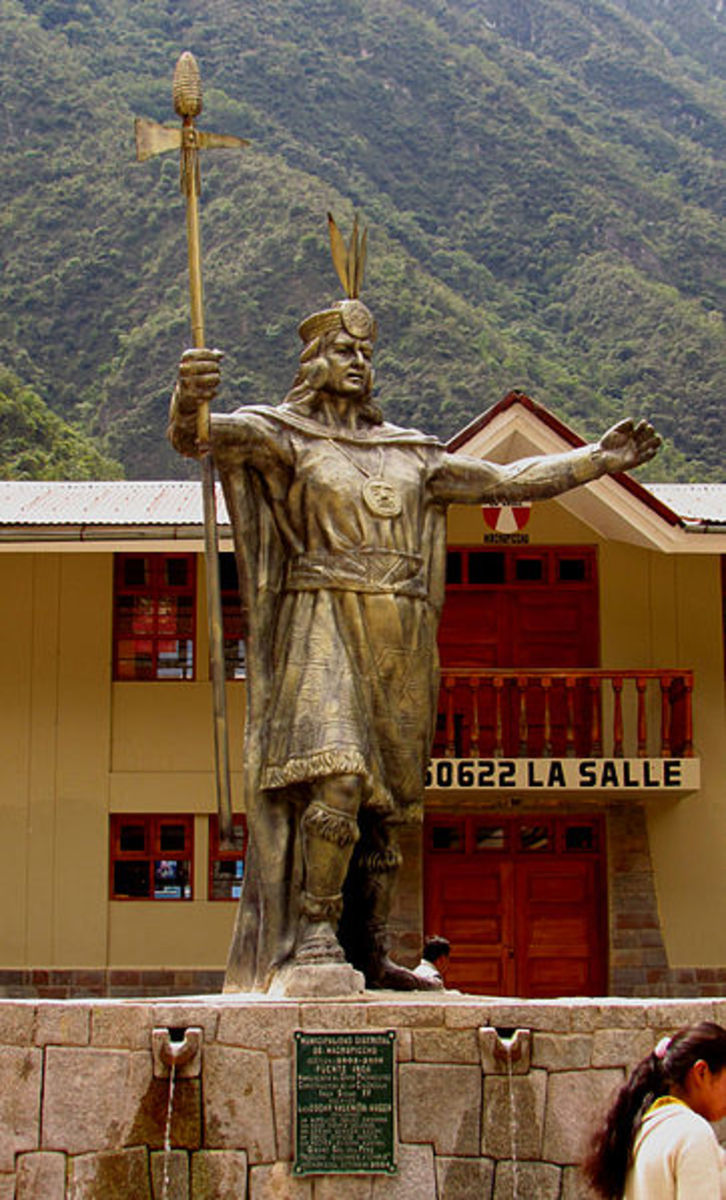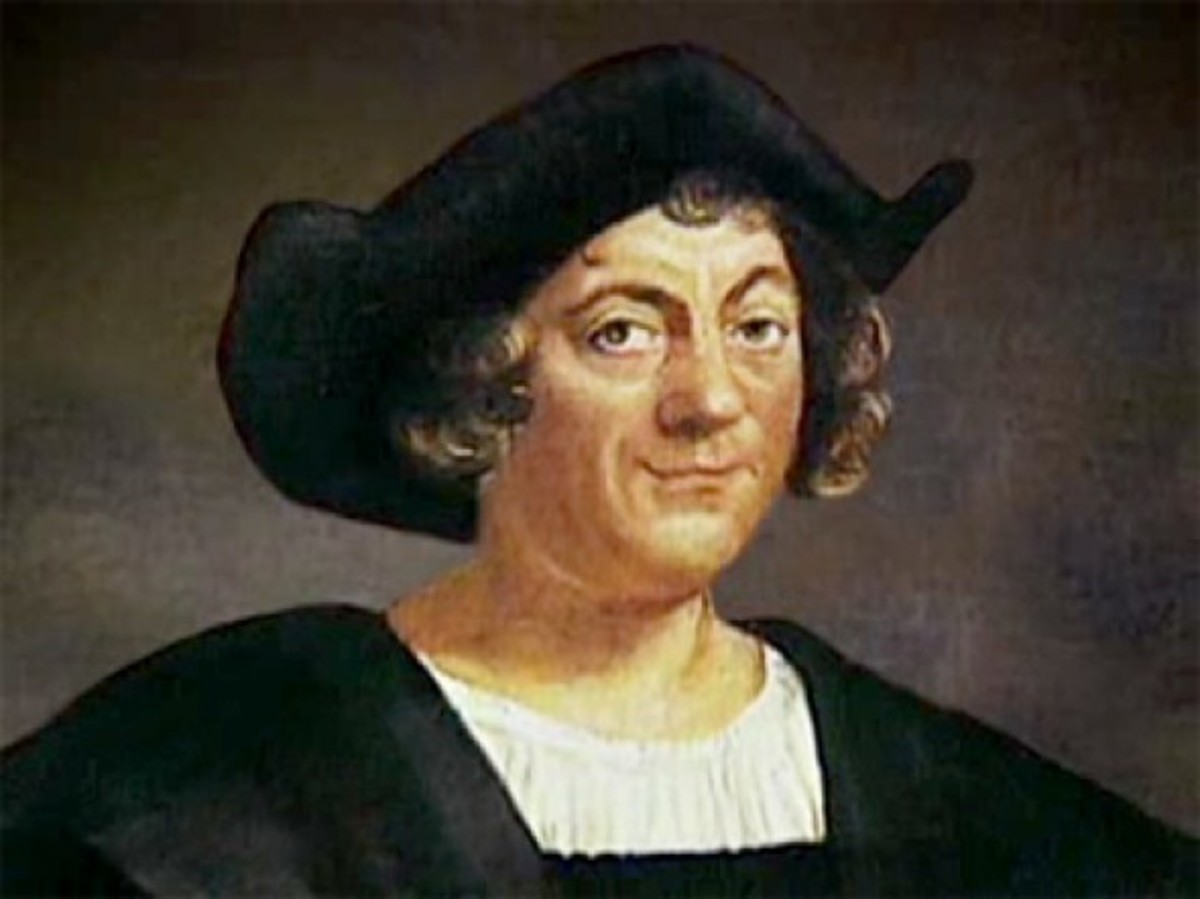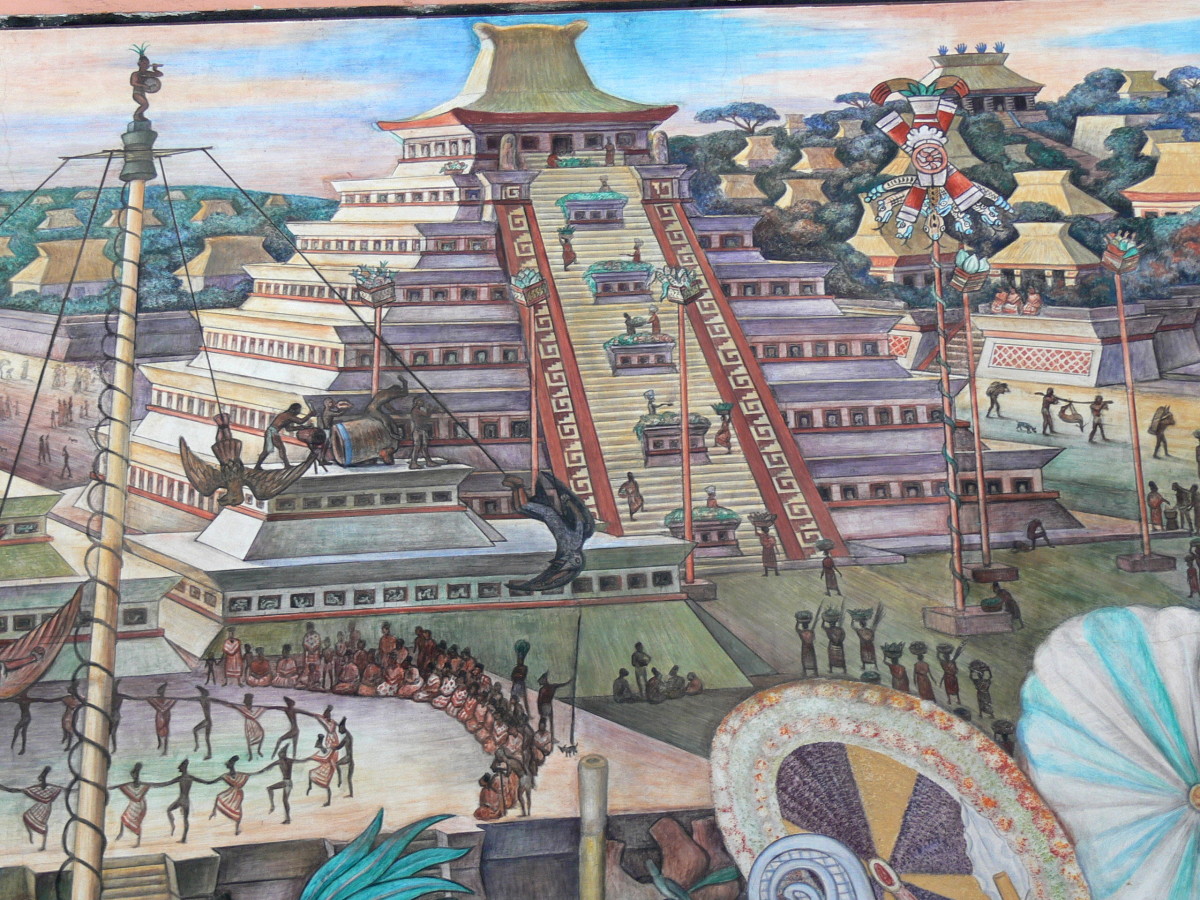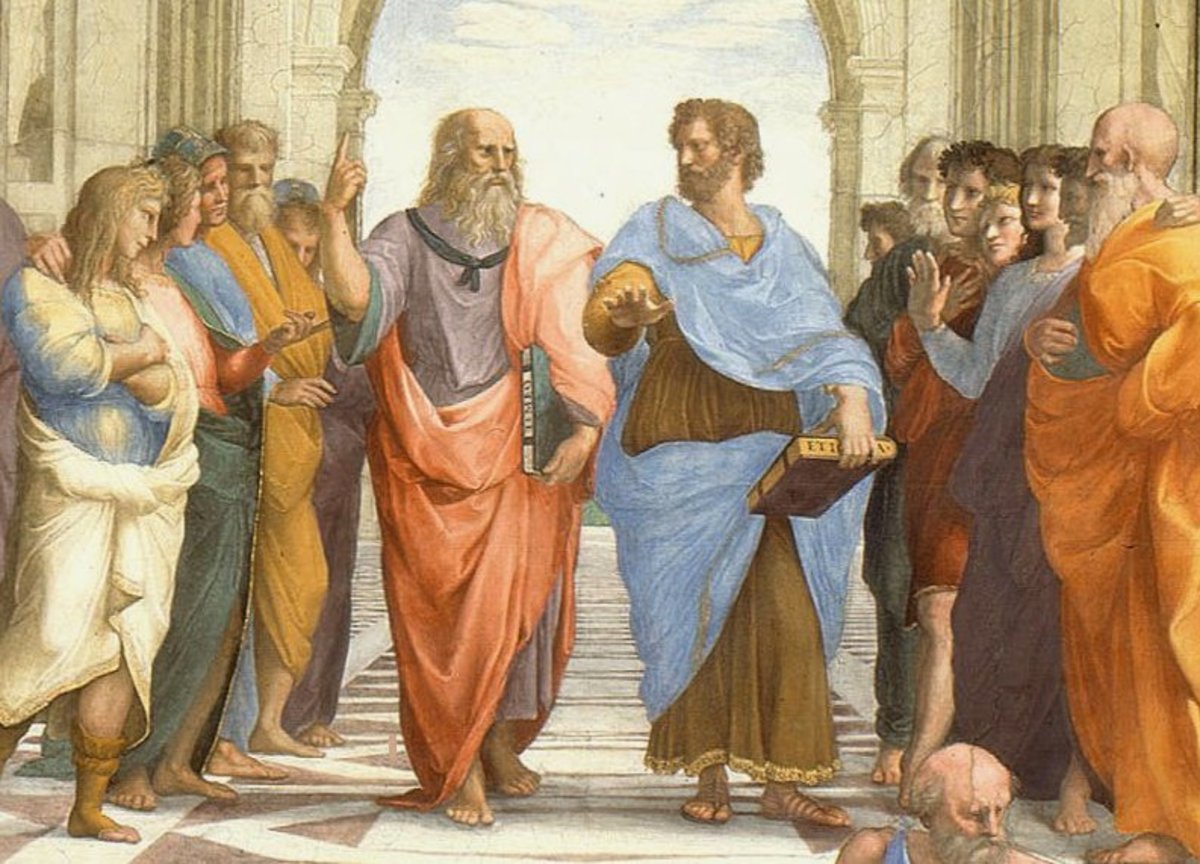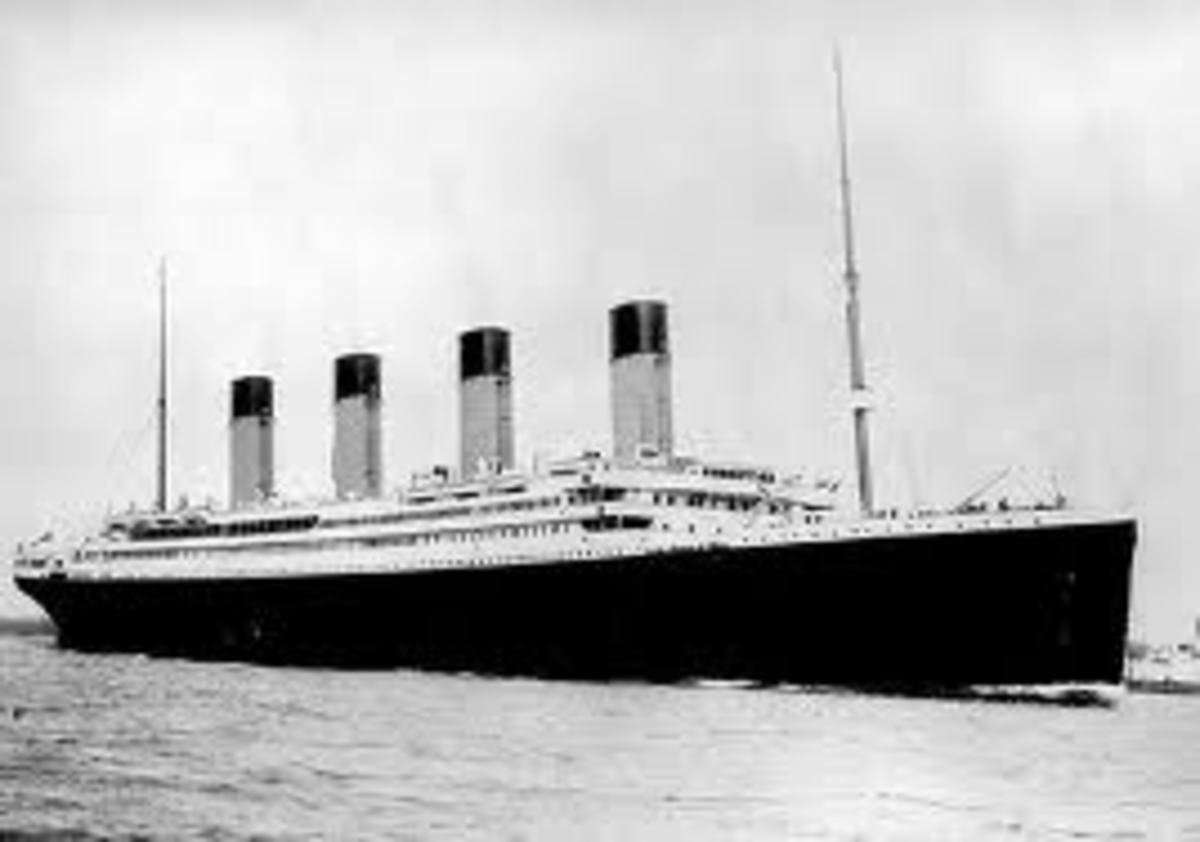Spanish Conquests In The New World
The Man Who Discovered A New World
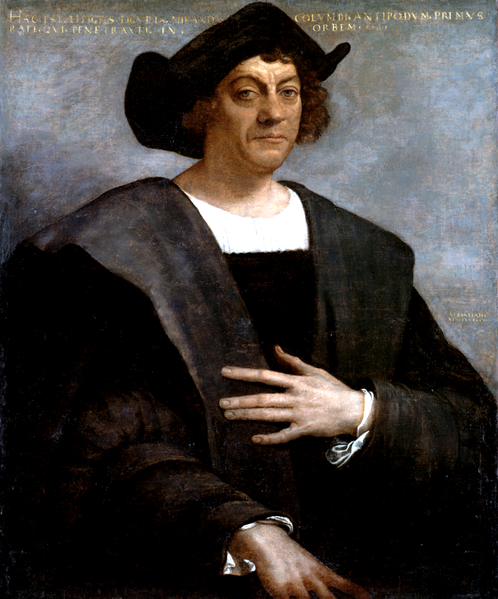
Background
The voyages of Christopher Columbus which occurred between 1492 and 1504 opened up a New World, but it soon became exploited by the Old World, with destruction following close on the heels of discovery. Spain’s colonisation of Middle and South America’s pagan cultures was ostensibly a Christianising mission. But those adventurers, who undertook the dirty work of conquest- the conquistadors, were tough, ruthless opportunists in search of booty. After all, these savages were ignorant of the Gospel, and they did moreover possess fabulous quantities of gold.
Prior to the Europeans’ incursions, the Aztecs’ crushing of other Mesoamerican peoples led to the creation of their empire. They had widened their dominions through the Valley of Mexico in a series of conquests from the beginning of the 15th century. Over the same period, the Incas had founded an even larger empire- covering some 2170 miles and conquering civilisations such as the Chimu. On the eve of the Spanish conquest both empires were consolidating their power.
The Serpent God
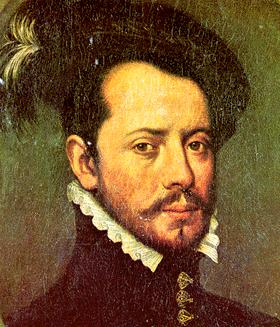
The Coming Doom
It was prophesised that the plumed serpent god, Quetzalcoatl, would one day appear from the eastern ocean in human form. When this happened, the destruction that the priests had been staving off with their animal and human sacrifices could be postponed no longer; the Aztec civilisation would meet its catastrophic end. When Hernan Cortes arrived from Spain in 1519, he was believed to be that serpent god. Yet the myth was of Spanish origin, rather than Mexican origin; it was encouraged by Cortes in order to intimidate the people he was conquering.
That Cortes and his little band of men were able to subdue such an incredibly powerful empire was extraordinary. His courage, charisma and ruthlessness are not in doubt. Nor is the cunning with which he exploited the existing enmities among the native peoples of Mesoamerica.
Invasion Route
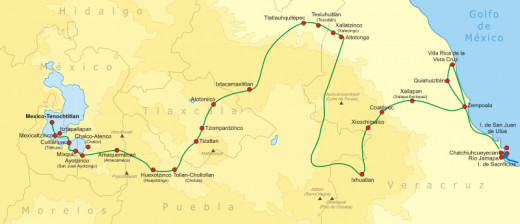
Meeting Montezuma
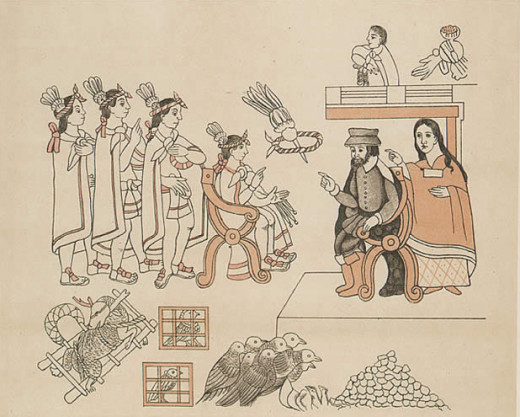
A Doomed Alliance
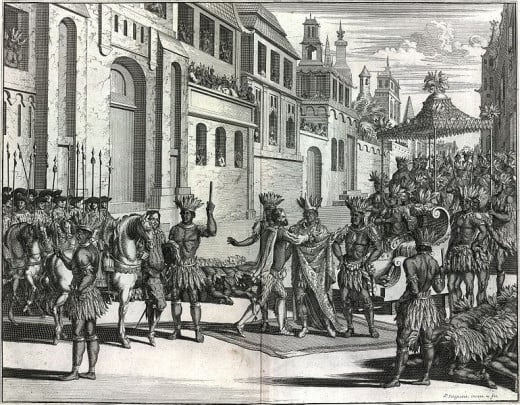
Alliances And Atrocities
Cortes took Malinche, a Nahua woman whose people were hostile to the Aztecs, as his mistress and interpreter. With her help, he allied with the Tlaxcaltecas in what is now Tlaxcala in Mexico; they felt too threatened by the Aztecs. At Cholula, west of Puebla, Cortes and his men killed the male population, without doubt at the urging of the Tlaxcaltecas who wanted to punish the Cholulans for submitting to Aztec rule. ‘We fought so hard,’ said Cortes, ‘in two hours more than 3000 men were killed.’
This atrocity sent a message to Mexico’s peoples. The scale of the slaughter the Spanish had been able to commit with their steel weapons and their firearms was scarcely imaginable to them. Hence the nervous adulation bestowed upon Cortes and his company upon arrival at the Aztec capital Tenochtitlan, though ruler Montezuma II seems to have taken Cortes’s claims to be an ‘ambassador’ at face value. The conquistador repaid his hospitality by taking him hostage. For six months Cortes ruled the empire with Montezuma as his puppet. Then his lieutenant Pedro de Alvarado took fright at talk of a revolt and massacred the Aztec nobility. Cortes and his men had to fight their way out of the rebellion that ensued. Montezuma was among those who perished, while Cortes was lucky to escape with 200 survivors.
The Centre Of The Aztec World
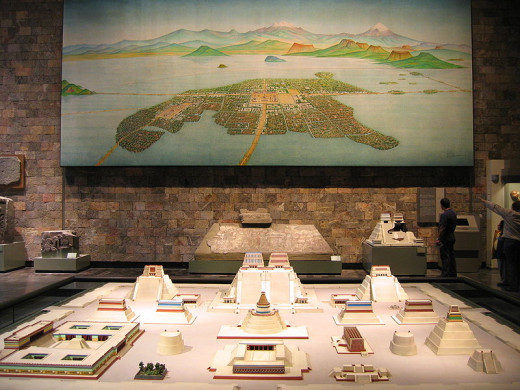
Victory For Cortes
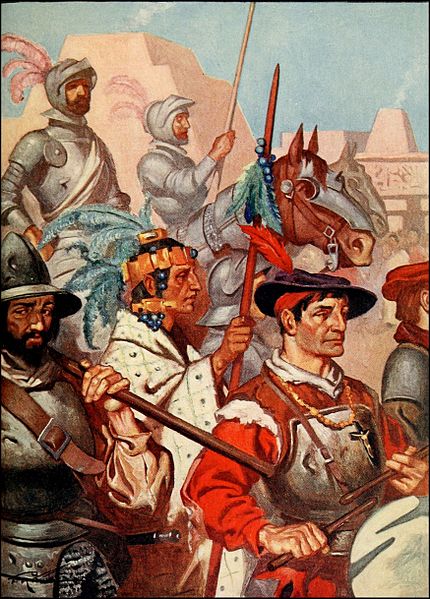
Unequal Struggles
In the months that followed, Cortes besieged Tenochtitlan, now stricken with smallpox the conquistadors had unwittingly brought with them. Over 40 per cent of the native population died. Under Cuauhtémoc, the nephew of Montezuma, the Aztecs resisted bravely. And they held a number of advantages, as Cortes and his men were aware. Frankly, Cortes acknowledged, they were daunted: ‘They had calculated that if 25,000 of them died for every one of us, they would finish with us first, for they were many and we were but few.’ The city was situated on a series of small islands in a shallow lake, connected to the mainland and to each other by narrow causeways, thus allowing the defenders to focus their efforts more effectively. Even so, it was only a matter of time before the Spanish and their allies prevailed; Tenochtitlan fell on the 13th August 1521.
European firepower and know how had not been enough by themselves to overwhelm the Aztecs, but had given the Spanish attack an extra ‘edge.’
The Other Conquistador

Inca Complacency
In the 1530’s Francisco Pizarro took Peru against still more astounding odds. The Inca king, Atahualpa, had an army of 80,000 to Pizarro’s 128 men. The latter did, of course have weapons never before seen in South America- harquebuses (muzzle loaded firearms) and cannon, as well as steel blade swords. And they had horses, which were ironically making a return to the Americas after a 13,000 year absence. In fact the ancestors of both the Aztec and Inca peoples had wiped them out through over-hunting. Despite possessing these advantages, in the end it was Inca complacency that allowed Pizarro’s party to probe deep into the empire completely unscathed. Triumphant victor of a civil war that had wreaked the Inca Empire for the last three years and with his rival and half-brother captured, Atahualpa saw no reason to take a handful of ‘bandits and thieves’ seriously. The two sides met, eventually at the city of Cajamarca, in northern Peru. The conquistadors kept to their ‘Christian’ commitment by bringing a priest out to preach to the Inca king. When Atahualpa brushed him aside, the Spanish had a pretext for attacking, and opened up with cannon harquebuses. Although their noise and smoke had far greater impact than their penetrative power, the cold steel of the conquistadors cut down the Inca troops, shocked into passivity.
In a few hours of one sided fighting, Pizarro’s men killed 7000 Incas; then they seized Atahualpa. This proved so astonishing an outrage that the watching soldiers could barely believe it was happening. He was their divinity; now he was just a mere prisoner; the Inca state had effectively been decapitated. Holding Atahualpa captive in Cajamarca, the conquistadors demanded an enormous ransom, and then garrotted the king anyway, installing another puppet, Manqo Qapac in his place. Qapac quickly grew disenchanted and slipped away into the mountains. He led a belated fight back, but the Incas were finally defeated in 1536. Once again the courage of the Spanish conquistadors is as staggering as their unscrupulousness; holed up in Cuzco, they saw off a siege by some 40,000 of Qapac’s men.
Fascinating Fact
Hernan Cortes managed to defeat the Aztecs with just 500 Spaniards. While, this is incredible in itself, Francisco Pizarro defeated the Inca Empire with just 128 Spaniards.
A Highly Recommended Book

Aftermath
In just a few years, and with only a tiny commitment of manpower, Spain had gained a vast American Empire. Its riches underwrote Spain’s emergence as a superpower. Other conquistadors took other territories, further expanding Spain’s dominions, including Panama, conquered by Vasco Nunez de Balboa. Francisco de Orellana claimed the Amazon and finally Pedro de Valdivia claiming Chile. Each one of these conquering adventurers became fabulously wealthy. Incredibly, between 1556 and 1783 a single mine- the Cerro Rico (‘Rich Hill’) at Potosi, Bolivia yielded 7000 tons of pure silver which all passed into the possession of the Spanish crown.
While the new European colonists were undoubtedly cruel, their destructiveness was dwarfed by the ravages of the infectious diseases they introduced. In every region of the Americas, epidemiologists estimate that 90 per cent of the population had been killed by disease within just fifty years of the arrival of Europeans.
In 1572, a descendent of the Inca kings, Tupac Amaru attempted to throw out the invaders. But the Europeans prevailed and as a result both Mexico and Peru remained viceroyalties of ‘New Spain.’

